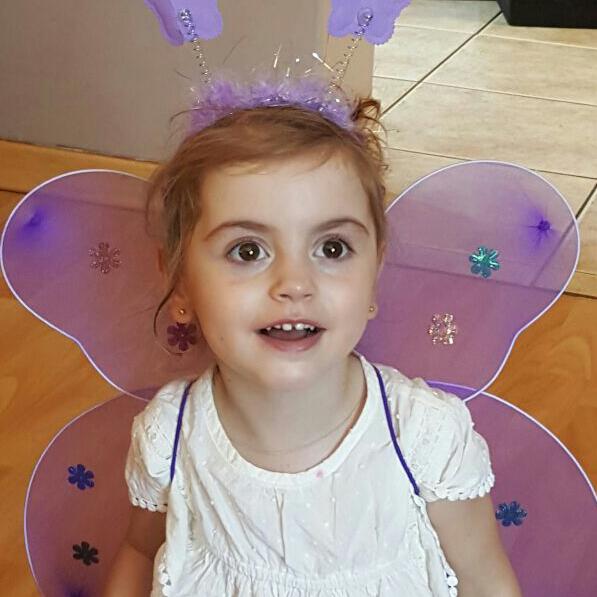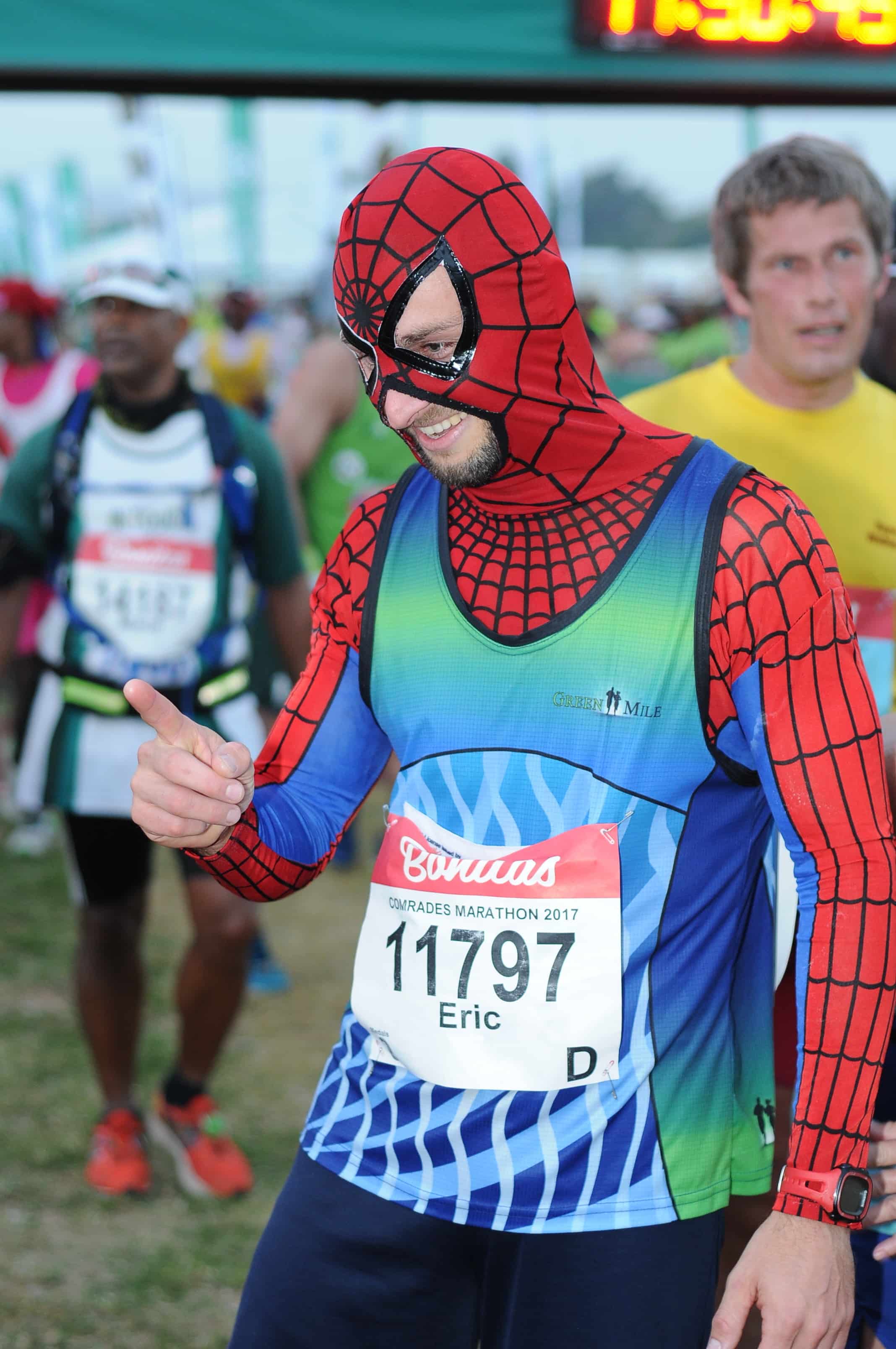Why I Ran The Comrades Dressed As Spider-Man
When ultra runner Eric Nefdt heard about a little girl who had a heart defect, it reminded him how fortunate his son was to be healthy.
When our son Leo was born, he was referred to a paediatric cardiologist; potential heart problems. Frustratingly, my wife Elzana and I had to wait two months for an appointment with the specialist.
Naturally, as parents we were worried, but our anxiety was heightened by the fact there was a history of heart disease in our family. In 1980, Elzana’s cousin, Edwin Smith – who passed away at 31 years old – was one day old when he became the youngest person to undergo open-heart surgery.
To our relief, tests revealed no cause for concern. Our son had an Artrial Septal Defect – a small hole in the heart that doesn’t compromise its function, and should close of its own accord as he gets older.
Shortly after receiving our happy news, I was with my cousin in Cape Town. He told me about a little angel in Cape Town who hadn’t been so lucky. Elisa Ingoglia had chronic heart disease, and had undergone a staggering four open-heart surgeries before she’d reached her third birthday – not to mention the complications she’d experienced. Her story, and the fact that I’m thankful my son is healthy, inspired me to make a difference. That’s why I started running races dressed in Spider-man garb.

Just over a year before the Comrades, I started training in the suit; five times a week in my hometown Pretoria, mostly against morning traffic. The suit was a huge hit among drivers, which was great news for my goal of raising awareness of congenital heart defects (CHD), and raising funds for Elisa’s trust fund and the Heart Kids South Africa charity.
At the break of dawn on the morning of the ‘Big C’, I stood among thousands of seasoned runners. Vangelis’ Chariots of Fire was played, and the sound of a horn signalled the start of a long day. The first kilometre was slow, but I was happy my race was under way.
I never expected there would be so many thousands of spectators. My Spider-man suit proved a hit among kids and adults alike. People shouted, “Go, Spidey!”
Just before Inchanga, the road was lined with handicapped children from Ethembeni School. The kids all wanted a high-five from Spider-man, and even a small boy who had no arms wanted me to touch his residual limb. I was deeply moved, and it gave me the motivation I needed to tackle the fourth big hill in the race.

But I was tired. To be honest, I think your first Comrades is probably the most difficult, because you experience so many things for the first time – your adrenaline has to run out at some point. I experienced that post-rush drop in blood sugar: my hands began to shake, and my legs felt weak.
By the Green Mile, I was overheating and probably dehydrated. Everything was a bit of a blur. I had to rely on my fellow runners to help me focus on putting one foot in front of the other. My age, race and political views mattered less than finishing the race, and hoping that the rest of the field did too.
The last 20km was tough: I had worked so hard, and because of my cause and the publicity my suit had created, the pressure was on. And then, one of the most memorable moments of my life: I crossed the finish line in 11:30.06 – I had made a difference.
The day after the Comrades felt like a bit of an anti-climax. I thought about hanging up my suit while I recovered from this great ultra, and how I would miss seeing the kids’ faces in the morning traffic light up, when I jogged past in my Spider-man suit.
READ MORE ON: comrades kwazulu-natal motivation road-race road-run road-running-race running



